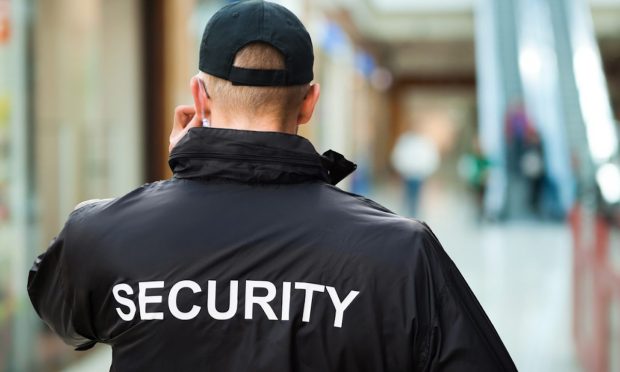‘Smash and Grab’ Theft Trend Scares Shoppers and Workers, Threatens Mall Traffic

It’s always the unexpected things, it seems, that cause the worst problems.
At a time when the retail industry and shopping public are laser-focused on managing supply chain problems, building up inventory and buying early to avoid delays, the critical holiday shopping season has been hit with an unforeseen headwind that threatens customers, clerks and corporations alike: shrink.
That’s the industry term for theft, a shorthand way of referring to inventory shrink or the disappearance of stuff that doesn’t get paid for. Right now, the single largest cause of shrink is coming at the hand of organized criminals who are conducting brazen, broad daylight attacks — often en masse — upon some of the country’s leading retailers and luxury brands.
“I think you’ve probably seen in the media that across retail, we are definitely seeing more and more organized retail crime and incidence of shrink in our locations,” Best Buy CEO Corie Barry said on Tuesday (Nov. 23) during the company’s Q3 conference call.
As much as Best Buy says it is adding more security, working with vendors to develop anti-theft solutions and using new tech like QR codes to unlock high-theft goods, this late-breaking “smash and grab” trend carries potentially ruinous implications.
“Our priority has always been, and will remain, the safety of our people — whether that’s the pandemic, whether that is unruly customers or whether that is outright theft, which is a great deal of what we’re seeing right now,” Barry said, before dropping a truth bomb that cut right to the chase of the seasonal dismay.
“This is a real issue that hurts and scares real people,” said the 22-year Best Buy veteran, who has held the CEO role since June 2019.
Costly and Traumatizing
Although jarring news accounts this week of mob-like theft in California and Illinois have stunned the world and put police, retailers and mall operators on high alert, the truth is that the smash and grab trend did not just materialize. In fact, in the case of Best Buy, it took a toll on results for a quarter that ended almost a month ago.
“You can see that pressure in our financials — and more importantly, frankly, you can see that pressure on our associates,” Barry said. “This is traumatizing for our associates and it is unacceptable. We are doing everything we can to try to create as safe as possible environments.”
According to a report on organized retail crime — or ORC — published last week by the industry’s leading trade group, the National Retail Federation (NRF) the average retailer loses $700,000 to theft for every $1 billion in sales. While that works out to a tiny fraction of total revenue, the group pointed out that three-fourths of retailers saw ORC go up last year, noting that nearly 60% of its members said the problem had gotten worse this year.
“ORC was on the rise before 2020, but the societal changes and shift to digital from the pandemic have led to an increase in the problem,” the NRF report said, pointing to the giant leap in online shopping, where a different set of criminals have been focusing their attention and also using online channels to anonymously liquidate stolen merchandise.
There’s no doubt that cybercrimes, alongside and in line with rising digital transactions, are up — and are fueling a huge effort by retailers and tech companies to stop it. But even with an increase in hacks, phishing and other online scams, it does not compare to the rise in low-tech shoplifting that has burst onto the holiday headlines at the worst possible time, as the last thing stores need right now is anything that might discourage consumers from heading to the stores.
Read more: As Platforms Wage War on Cybertheft, Crooks Turn to Low-Tech Shoplifting and Online Resale
